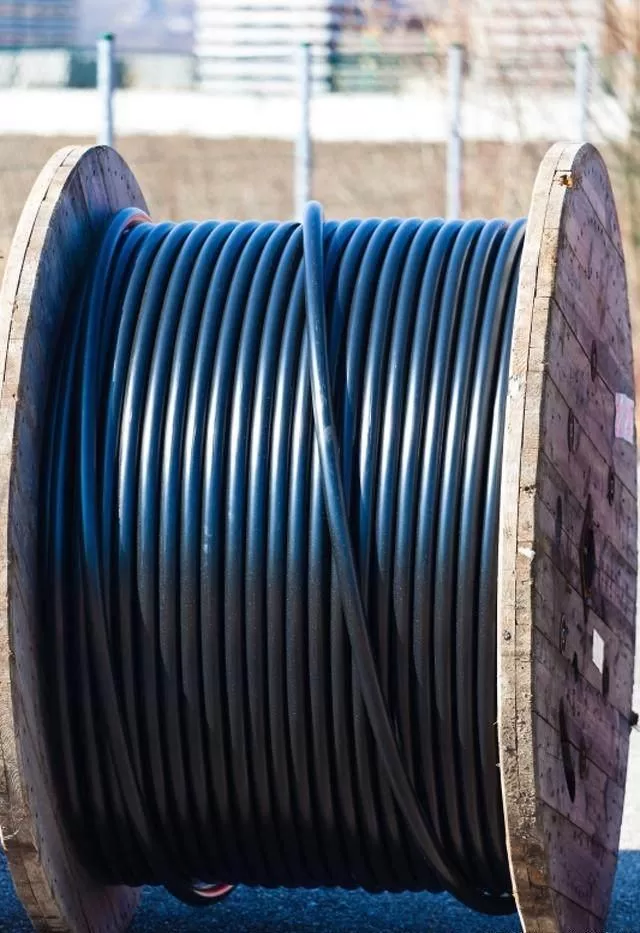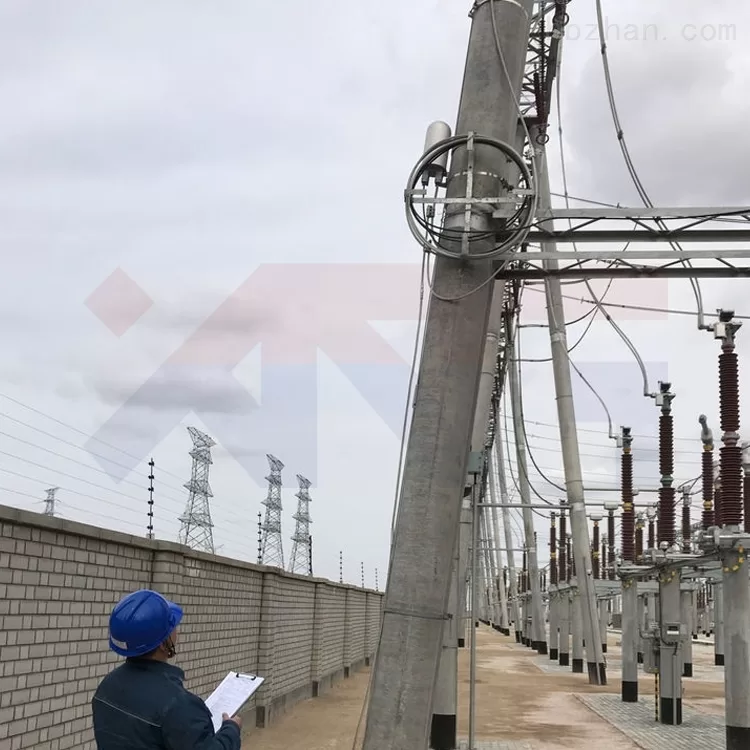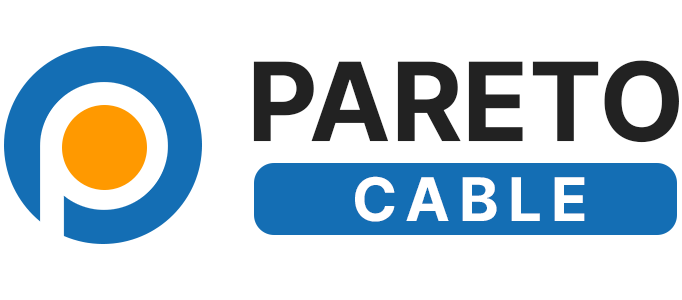Introduction to ADSS Technology and Its Features
ADSS (All-Dielectric Self-Supporting) fiber optic cable is an innovative type of fiber optic cable designed for outdoor and aerial installations where traditional metallic cables might not be practical. Its unique construction and design offer several advantages over conventional cables, making it an increasingly popular choice for high-speed data transmission in telecommunications, internet infrastructure, and private data networks. The main distinction of ADSS cables is their ability to be self-supporting, requiring no additional metallic wires or messenger cables for support, which makes them both cost-effective and easier to install.

Key Features and Benefits
One of the standout characteristics of ADSS fiber optic cables is their all-dielectric nature. This means the cables are constructed entirely from non-metallic materials such as fiberglass and specialized polymers, ensuring immunity to electromagnetic interference (EMI). As a result, the signal quality remains high, even in areas with high electrical noise or interference from power lines and other sources of electromagnetic radiation. This feature is particularly beneficial for aerial installations in urban or industrial environments where electromagnetic disturbances can otherwise degrade signal integrity.

ADSS cables are designed to be installed directly on utility poles or other aerial supports. Their self-supporting structure eliminates the need for additional steel support cables or messenger wires, which are often necessary for traditional fiber optic cables. This reduces the overall weight of the installation, lowering the associated costs and making the deployment process quicker and simpler. As a result, ADSS cables are particularly suitable for long-distance transmission over wide areas, such as connecting remote rural locations or serving as backbone connections in metropolitan networks.
Another major advantage of ADSS cables is their weather resistance. Thanks to their dielectric construction, these cables are highly resistant to environmental challenges such as UV radiation, moisture, and extreme temperature fluctuations. Whether exposed to rain, snow, ice, or intense sunlight, ADSS cables are built to withstand harsh conditions without compromising the integrity of the fiber inside. The outer layer is often designed to provide extra protection against mechanical stress, ensuring that the cable remains intact even under heavy winds or ice build-up.

Durability and Long-Term Use
ADSS fiber optic cables are known for their longevity and low maintenance requirements. Because they are made from corrosion-resistant materials, they are ideal for deployment in coastal areas, regions with high humidity, or areas where traditional cables might suffer from rust or degradation. Furthermore, ADSS cables have a longer lifespan compared to other fiber optic cables, often lasting decades with minimal need for repairs or replacements. This long-term reliability makes them an excellent investment for businesses or municipalities looking to build a stable and future-proof communications infrastructure.
Applications and Future Outlook
ADSS fiber optic cables are widely used in telecommunications, internet service provider networks, and private enterprise networks that require high-speed data transfer over long distances. They are also frequently employed in areas where it is not feasible to bury cables underground, such as in mountainous regions, over rivers, or in areas where digging would be prohibitively expensive or disruptive.
In conclusion, ADSS fiber optic cables represent a significant leap forward in the design and deployment of aerial fiber optic networks. Their self-supporting structure, weather resistance, and long-term durability make them a cost-effective, reliable, and scalable solution for modern data transmission needs. As the demand for faster and more reliable communication continues to grow globally, ADSS cables are poised to play an even more critical role in building the next generation of high-speed, resilient networks.
